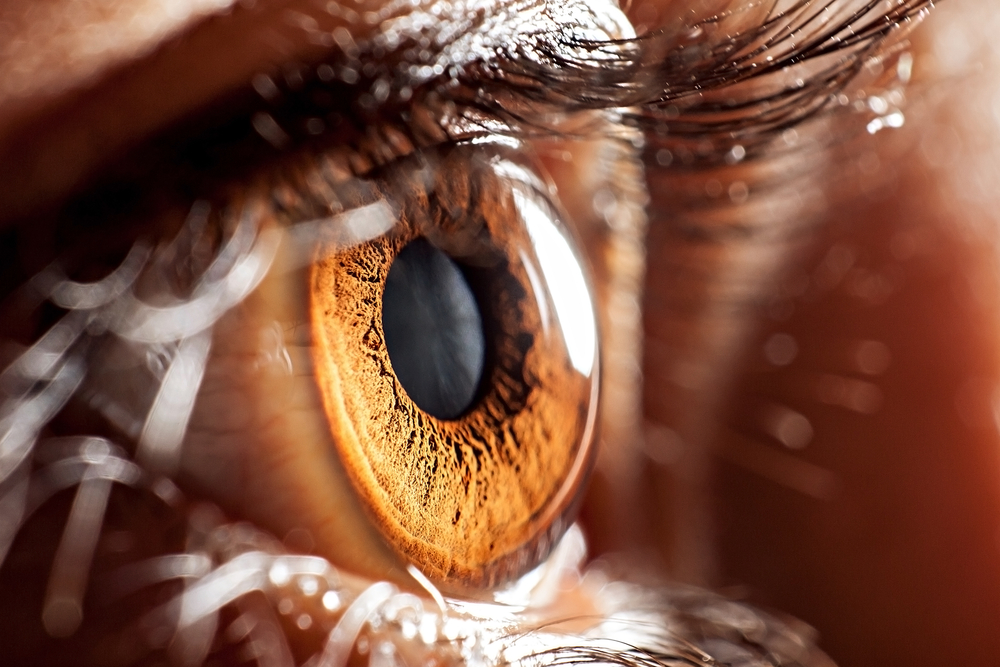GS010 Gene Therapy Continues to Improve Visual Acuity in LHON Patients After Two Years, Trial Data Show

GS010, a gene therapy developed by GenSight Biologics, continues to lead to sustained improvements in visual acuity in patients with Leber hereditary optic neuropathy (LHON), a rare genetic mitochondrial disease that causes vision loss, data from a Phase 3 trial show.
The findings are based on Week 96 data from the company’s ongoing randomized, double-blind, placebo-controlled Phase 3 RESCUE trial (NCT02652767). This is the last of the scheduled readouts of the study and also marks the completion of data collection from GS010’s pivotal trials taking place in Europe.
The study was designed to assess the efficacy and safety of a single intravitreal (eye) injection of GS010 into the eyes of patients with LHON, which is caused by a genetic mutation in the ND4 mitochondrial gene.
The trial enrolled a total of 39 LHON patients who reported vision loss up to six months before the beginning of the study. During the trial, all participants received a GS010 injection in one eye and a sham injection (containing no substance) in the other, with the therapy being randomly administered in the least and most affected eyes.
Findings showed that in both GS010 and sham-treated eyes, patients’ visual acuity decreased to a minimum value, or nadir, between weeks 24 and 48, after which it started improving consistently from Week 48 to Week 96.
At Week 96, GS010-treated eyes had recovered more than two-thirds of their initial vision loss, which corresponded to a mean improvement in visual acuity of approximately 25 intelligible letters on the Early Treatment Diabetic Retinopathy Study chart (ETDRS), compared with the nadir baseline.
Sham-treated eyes followed a similar trajectory in visual acuity recovery, which was consistent with previous data from early time-points of the trial.
These observations were consistent with results from GenSight’s Phase 3 REVERSE trial (NCT02652780), which assessed the safety and efficacy of GS010 in 37 LHON patients who experienced vision loss six to 12 months before the beginning of the study.
However, the trajectory of visual recovery from nadir in the RESCUE and REVERSE trials is slightly out-of-phase, which will be further explored in a meta-analysis of pooled data from both trials, GenSight stated. The company is planning to announce the findings of this analysis before the end of the year.
“The results from the RESCUE study are encouraging and convincing, particularly because we are seeing a similar pattern to the REVERSE study results,” Mark L. Moster, MD, professor of neurology and ophthalmology at Thomas Jefferson University, in Philadelphia, and principal investigator of both trials, said in a news release.
“Patients in RESCUE were treated before the nadir so, as expected, they continued to worsen early on. But then from week 48 until week 96, they experienced a recovery from the nadir. That is much better than the natural history in any prior studies,” Moster added.
Improvements in visual acuity seen in both the RESCUE and REVERSE trials far surpassed those seen in untreated LHON patients who participated in a natural history study, GenSight said. In that study, 28% of the patients achieved a clinically relevant recovery (CRR) from nadir in at least one eye, while 58% of those participating in RESCUE attained the same outcome in at least one eye at Week 96, with GS010-treated eyes as likely to achieve this as sham-treated eyes (58% versus 45%).
Of note, CRR was defined as having a minimum improvement of five ETDRS letters for those who were unable to read any letter in the chart at nadir, or 10 ETDRS letters for those who were able to read some letters in the chart at nadir.
Other visual parameters, such as contrast sensitivity, stabilized at Week 96. Preliminary safety data also indicated GS010 was generally well-tolerated by patients, with no serious ocular adverse events or treatment discontinuations due to treatment side effects reported in the study.
Apart from eye inflammation, which was resolved with conventional treatment, no other adverse events were found to be related to GS010.
“These results are remarkable, showing the durable difference that GS010 can make for patients who would otherwise go blind due to the onset of LHON,” Bernard Gilly, GenSight’s co-founder and CEO, said.
“These findings, which we will be discussing at the meetings we have planned with regulatory authorities, form a compelling core for the clinical and non-clinical data that support our marketing authorization application in Europe. GenSight is excited to have reached this milestone in GS010’s clinical development and energized by the prospect of pulling it all together for our European dossier.”
The company is planning to meet with the European Medicines Agency in the beginning of 2020, and to submit an application seeking the marketing approval of GS010 in Europe later next year. GenSight had previously requested an End of Phase 2 meeting with the U.S. Food and Drug Administration, which is anticipated to take place in November 2019.






